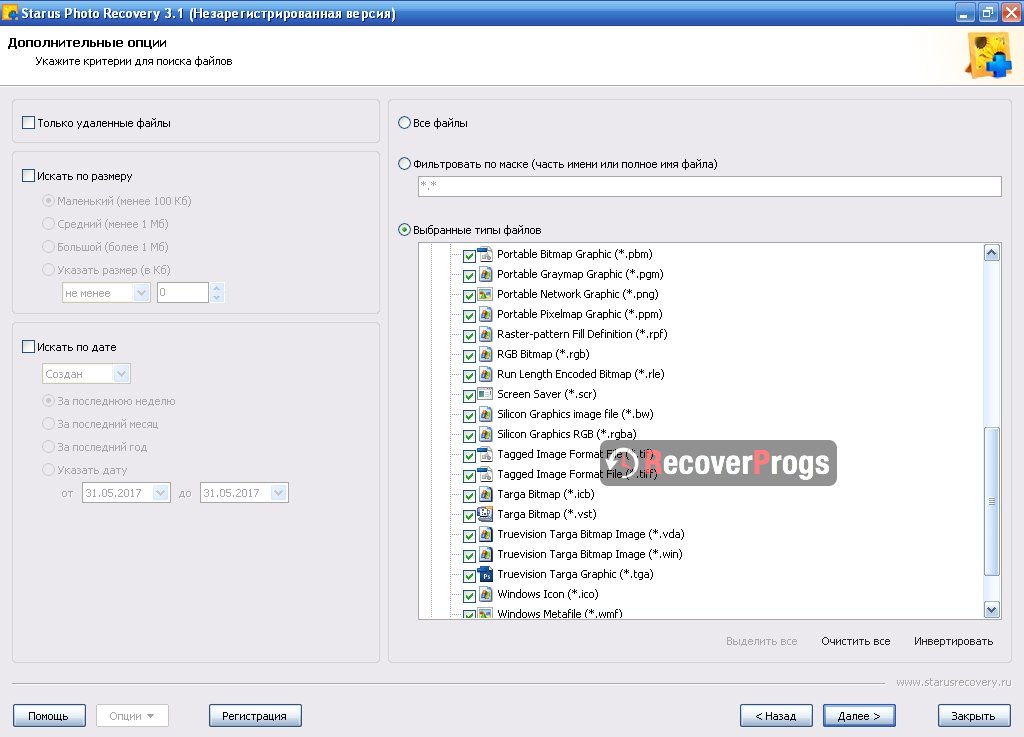
(Information on the well-being of the self-employed farmers and their families may be found on the ERS topic page on Farm Household Well-being.) The rest of this page describes the employment, earnings, demographic characteristics, and other information for the hired farm labor force only. As a result, the proportion of hired workers has increased over time.ĭownload higher resolution chart (4167 pixels by 3333, 600 dpi) Over this same period, average annual employment of hired farmworkers-including on-farm support personnel and those who work for farm labor contractors-declined from 2.33 million to 1.15 million, a 51-percent reduction. According to data from the Farm Labor Survey (FLS) of USDA's National Agricultural Statistical Service (NASS), the number of self-employed and family farmworkers declined from 7.60 million in 1950 to 2.01 million in 1990, a 74-percent reduction. The reduction in self-employed and family labor through 1990 was more rapid than the decline in hired labor.

Since 1990, employment levels have stabilized. Both types of employment were in long-term decline from 1950 to 1990, as mechanization contributed to rising agricultural productivity, reducing the need for labor. agricultural workforce has long consisted of a mixture of two groups of workers: (1) self-employed farm operators and their family members, and (2) hired workers.




 0 kommentar(er)
0 kommentar(er)
